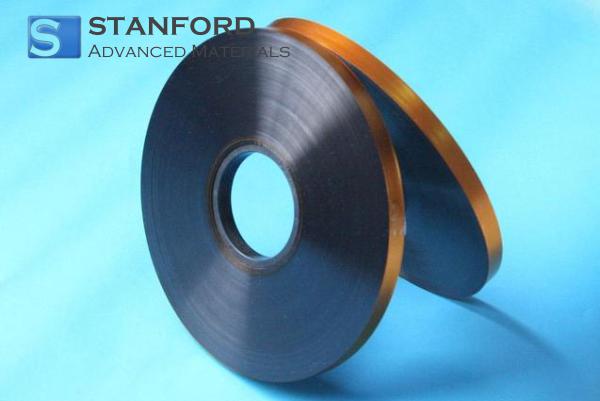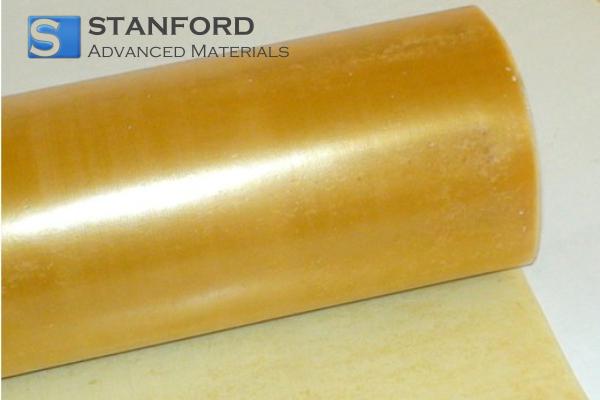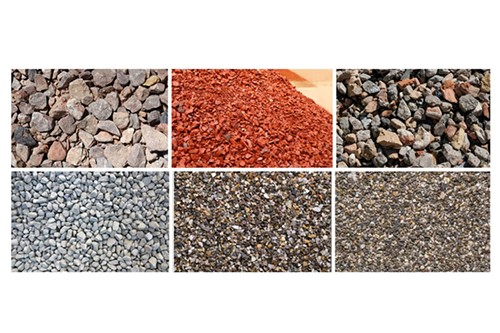ASTM A36: A Fundamental Steel Grade
Introduction to ASTM A36
ASTM A36 is a widely recognized standard specification for carbon structural steel used in construction and other structural applications. Defined by ASTM International, A36 steel is known for its versatility, affordability, and ease of fabrication, making it a popular choice among engineers and builders.
Composition and Properties of A36 Steel
A36 steel primarily consists of iron with a carbon content that typically ranges between 0.25% to 0.29%. This composition provides a balance between strength and ductility, ensuring that the steel can be easily welded and formed without compromising its structural integrity.
Key Properties of ASTM A36:
Property | Value |
Yield Strength | 250 MPa (36,000 psi) |
Tensile Strength | 400-550 MPa (58,000-80,000 psi) |
Elongation | 20% in 200 mm |
Density | 7.85 g/cm³ |
Modulus of Elasticity | 200 GPa |
Applications of A36 Steel
ASTM A36 steel is predominantly used in construction for building frames, bridges, and other structural components. Its reliable performance under various loads and conditions makes it suitable for both large-scale infrastructure projects and smaller construction endeavors.
Comparison with Other Steel Grades
When compared to other steel grades, A36 offers a cost-effective solution without sacrificing essential mechanical properties. While it may not provide the high strength of alloy steels, its ease of fabrication and welding makes it a preferred choice for many structural applications.
Manufacturing and Fabrication
A36 steel can be readily welded, machined, and formed into various shapes, which facilitates its use in diverse applications. Its predictable behavior under different manufacturing processes ensures consistent quality and performance in the final product.
Frequently Asked Questions
What is ASTM Standard?
ASTM standards are guidelines developed by the American Society for Testing and Materials to ensure materials, products, and services meet safety, quality, and performance criteria. They are widely used across industries for consistency and reliability.
What is ASTM A36 steel used for?
ASTM A36 steel is used primarily in construction for building frames, bridges,
and other structural components due to its strength and ease of fabrication.
How does A36 compare to other ASTM steel grades?
A36 offers a balance of strength, affordability, and ease of use, making it
more versatile and cost-effective for general structural applications compared
to higher-grade steels.
Is A36 steel suitable for welding?
Yes, A36 steel is highly weldable, making it a preferred choice for various
fabrication and construction projects.
What is the carbon content in A36 steel?
A36 steel has a carbon content typically ranging from 0.25% to 0.29%, providing
a good balance between strength and ductility.
Can A36 steel be used in outdoor applications?
Yes, with proper coatings or treatments to prevent corrosion, A36 steel can be
effectively used in outdoor and exposed environments.







